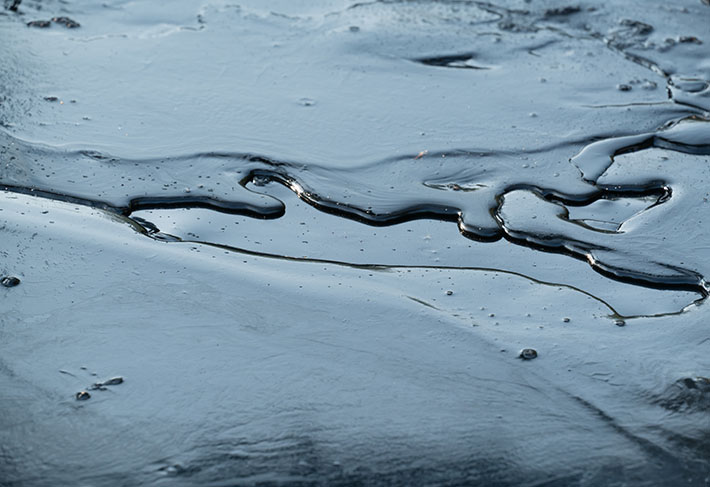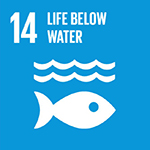
A Guide for Oil Spill Prediction and Cleanup
A new ASTM International standard could help both with contingency planning for oil spills as well as management of oil spills.
According to ASTM International member Merv Fingas, the new guide standardizes the way laboratories both prepare and measure “weathered oil,” which is naturally different from the “source oil” at a facility.
“This is important because, after an oil spill occurs, the oil weathers, leading to changes in its properties and behavior,” said Fingas, chief of the emergencies science and technology division at Environment Canada. “In order to predict and understand how the oil will behave in the environments, it is necessary to prepare weathered samples by weight percent lost and then to measure its properties and behavior at each weathered point.”
Fingas noted that resulting data can be input into oil spill models to help predict behavior, including oil spill trajectory.
“With this guide, spill-response individuals will have standardized means to understand how a given oil will behave once spilled and can then use this information in computerized models to predict behavior and effects of a spill,” said Fingas. “This information can be used for contingency planning for a spill as well as management of a spill once it occurs.”
This effort directly relates to the United Nations Sustainable Development Goals #6 on clean water and sanitation and #14 on life below water.
ASTM’s committee on hazardous substances and oil spill response (F20) developed the new standard (F3337).To purchase standards, contact ASTM International customer relations (tel +1.877.909.ASTM;sales@astm.org).
UN Sustainable Development Goals Supported:


 SN Home
SN Home Archive
Archive Advertisers
Advertisers Masthead
Masthead RateCard
RateCard Subscribe
Subscribe Email Editor
Email Editor